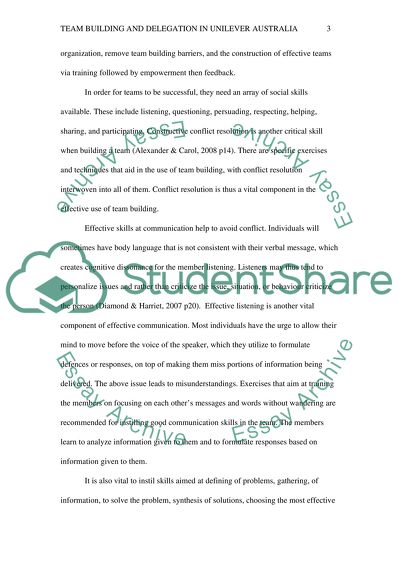Cite this document
(“Team Building and Delegation in Unilever Australia Essay”, n.d.)
Retrieved from https://studentshare.org/psychology/1398952-team-building-and-delegation-in-unilever-australia
Retrieved from https://studentshare.org/psychology/1398952-team-building-and-delegation-in-unilever-australia
(Team Building and Delegation in Unilever Australia Essay)
https://studentshare.org/psychology/1398952-team-building-and-delegation-in-unilever-australia.
https://studentshare.org/psychology/1398952-team-building-and-delegation-in-unilever-australia.
“Team Building and Delegation in Unilever Australia Essay”, n.d. https://studentshare.org/psychology/1398952-team-building-and-delegation-in-unilever-australia.


